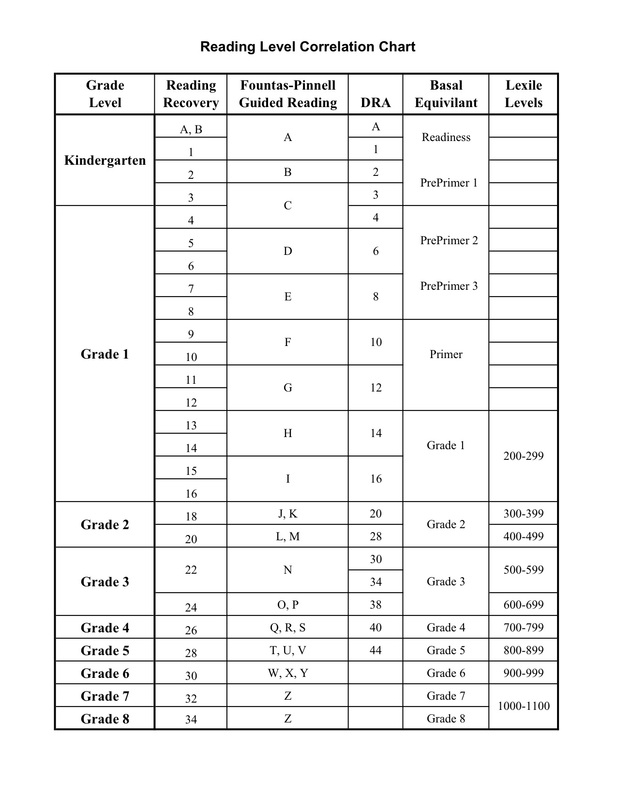

"Your child is reading on level."
But, what does this mean? And, what are teachers looking for so they can tell you these things?
Different districts use different assessments - but many, now use Guided Reading. I'll focus the explanation today on guided reading levels. You see the guided reading levels listed across this site and they are really a great tool for you to examine a book for its appropriateness.
It used to be that a book's text was run through a computer program to determine its text complexity. The computer runs an algorithm based on vocabulary, sentence length, and word frequency. And then it spits out a lexile number - something like 550L.
You've seen this before. Microsoft Word's grammar check will use this algorithm on your writing and will spit out a Lexile measure so you can determine at what level you are writing.
The biggest piece Lexile misses can be content. You can have a book that is "appropriate" for sentence reading, but not at all appropriate content-wise. A good example of this is The Perks of Being a Wallflower, a book that based upon its Lexile is listed as a 4th grade book but is usually not deemed appropriate content-wise until later in middle school.
Enter, Guided Reading.
Guided Reading is an assessment framework put together by Irene Fountas and Gay Su Pinnell after years, and years and then more years of reading research. In short they determined, ". what the reader needs to be able to do at each level to read with accuracy, understanding, and fluency."
Guided Reading levels include many factors to determine appropriateness. This includes illustration support, layout of the book, length of the book, the use of dialogue, vocabulary, the use of characters, plot, and sentence structure. There are more elements included in determining a book's Guided Reading level - but you can already see this is a more complete picture of looking at a book to determine its appropriateness.
The Guided Reading levels is a letter based system - A to Z. And likely, your kid's classroom teacher is assessing your child using this framework. So they know a lettered level that your child is on and that determines if they are on-level or not.
The goal, is to match the level the reader is reading at to a book that is at the same level or slightly higher. So, if your child is reading at a Level M, you'd want to offer book choices in the Level M and N range.
For reading aloud, a good rule of thumb is to read a couple levels higher than your reader could read on her own. So, if your reader is a level M - you would want to read a Level O, maybe P aloud with her. This is because, you think aloud while you read, and so you are helping your reader access the book - a book she otherwise wouldn't be able to read on her own but not so out of reach that you are stopping every sentence to explain. More on that later.
Level A books are appropriate for Kindergarteners (emerging readers) and Z level books are appropriate for kids in 7th and 8th grades (High School ready, can read any genre readers).
Here is the breakdown of the appropriate guided reading levels and on-track grades for any of the assessments schools would use.

So, when the teacher tells you that your child is reading at a certain level, you can reference this handy chart to see what grade level that matches.
I will delve into this more deeply, but for those of you who are chomping at the bit. There are definitely characteristics we look for as educators to determine if your child is at a certain Guided Reading level.
I've included the full, downloadable file with all of that information, for each level, so you can see what should be happening - and for that matter, what's coming up.
![]()
| Guided Reading Levels Explained in Detail |